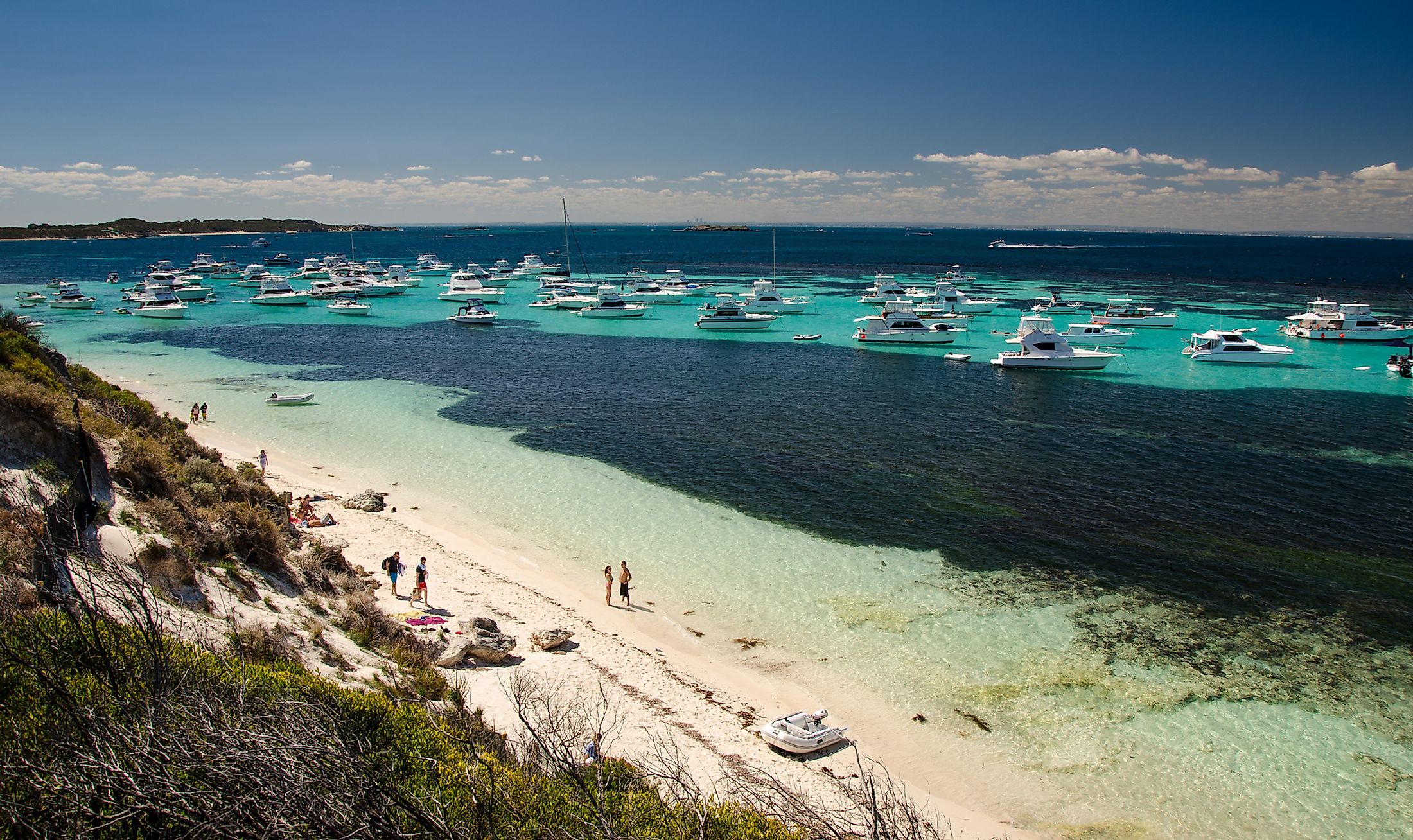
Rottnest Island
Rottnesst is located off the western coast of Australia, near mainland Perth. It has an area of approximately 19 square kilometers, and has a population of less than 500 people, though it is estimated that some 15,000 people can be found on the island during peak season, or roughly 780,000 per year. The island is known by a few different names, including Wadjemup, which is the name given by local Noongar people, and also Rotto, which is a more generic anglicized short form for the area.
History And Formation Of The Rottnest Island
The island of Rottnest, as well as others in the area, were formed some 7,000 years ago. At the time, it is theorized that the sea levels rose, and cut off this outlying land from what is now mainland Australia.
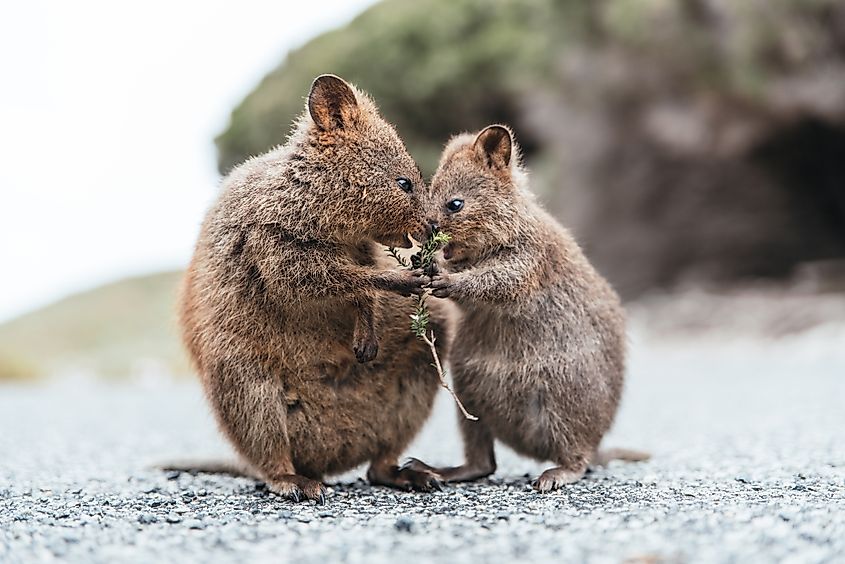
Artefacts indicating human activity in the area have been found and dated back more than 30,000 years. In the 17th century, the island was visited by Dutch sailors, and at this time, no other occupants lived on the island. In 1696, one of these Dutch explorers, Willem de Vlamigh, landed on the island and dubbed it ‘Rat’s Nest Island’ - rottnest - due to the high population of quokka rodents. Later, in 1829, the British established the Swan River Colony which included, over the years, a penal colony, military installation, and World War II internment camps. This was common in Australia at the time. Many of these colonial buildings can still be seen on the island.
Wildlife Of The Rottnest Island
Plants
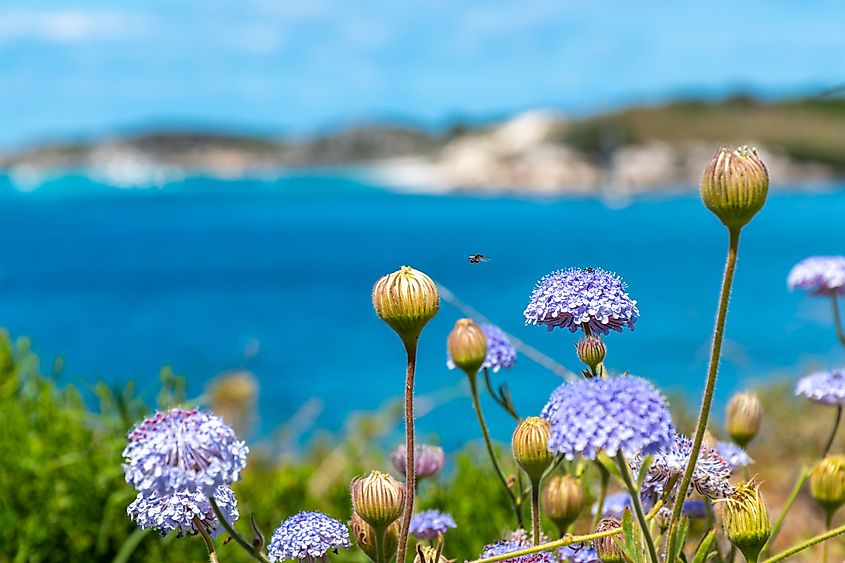
The main portion of the island is native woodlands, which are made up of three main species: the Rottnest Island pine, Rottnest Island tea tree, and Acacia rostellifera. In early colonization days, the landscape was mostly wooded, but agriculture and bushfires have cleared much of what was once dense forests. In order to attempt some regrowth and restoration, a reforestation project was set up, including an island based nursery. Other plants on the island include the Rottnest Island daisy, sea rocket, beach spinifex, and wild rosemary.
Animals
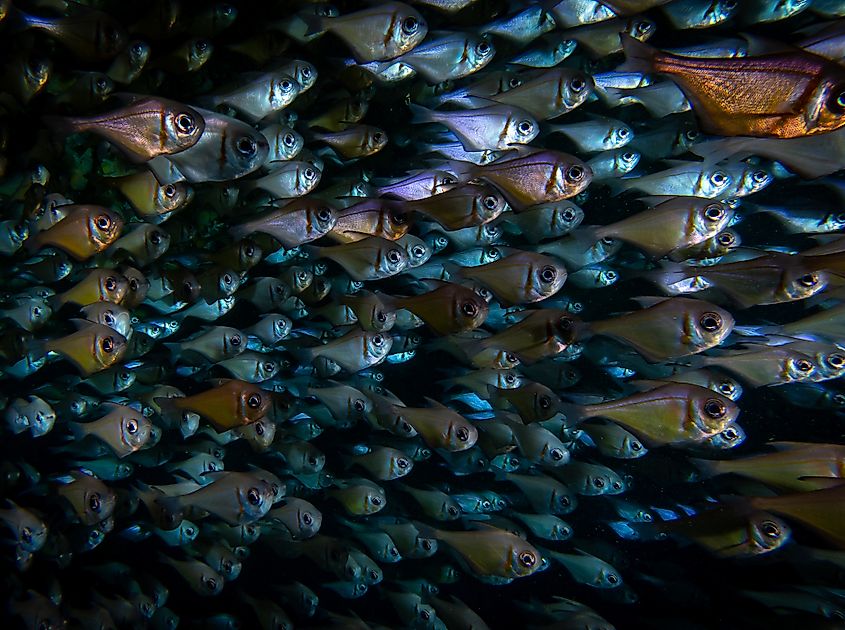
The most well known animal on Rottnest Island is the quokka, for which the island was indirectly named. A quokka is a small rodent-like marsupial, with few native habitats. In addition to these, there are healthy populations of Australian sea lions and southern fur seals that live on the beaches and coastal areas. Other marine dwelling animals include bottlenose dolphins and other cetaceans, migrating humpback whales, southern right whales (on occasion), and a large population of blue whales, especially in the Perth canyon area.
Other water dwelling creatures like rock lobster, crayfish and other crustaceans, coral, and a wide variety of fish can also be seen here. Reptiles on the island include the southern blind snake, dugite, King's skink (Egernia kingii), bobtail, marbled gecko, west coast ctenotus and Burton's legless lizard as well as three species of frogs: the moaning frog, western green tree frog and the sign-bearing froglet.
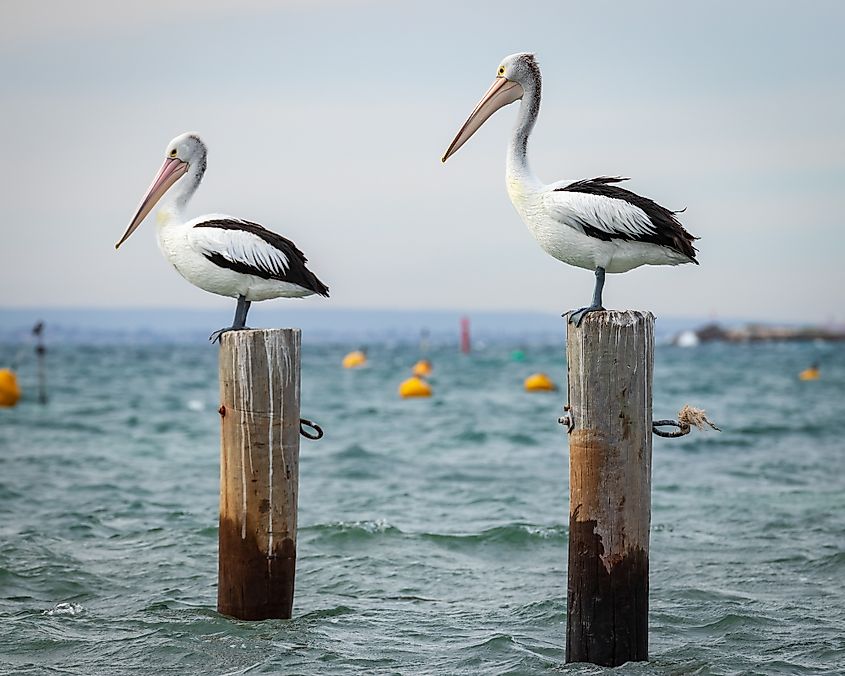
Bird species are plentiful also, both coastally and among the shallow salt lakes on the island. These areas provide important nesting grounds, and as such, these portions of the island are designated as official Important Bird Areas.
Visiting The Rottnest Island
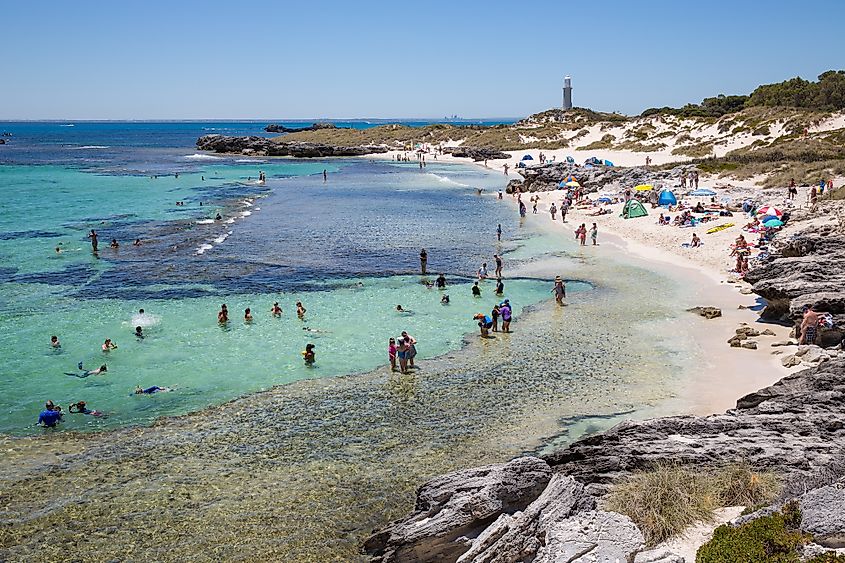
The main way to access the island, especially for tourists, is via ferry or air taxi. Roughly 70% of all visitors to the island come purely for day trips, and travel in and out on the ferries from Fremantle, Perth or Hillarys. For those staying overnight, however, there is The Hotel Rottnest, The Rottnest Lodge, Kingstown Barracks, or camping and cabin options at Caroline Thompson.
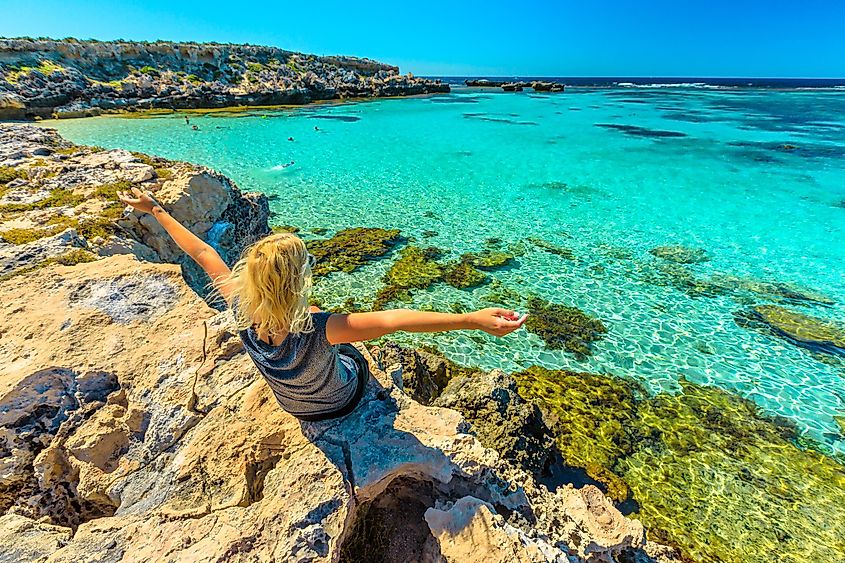
The island has some significant limestone and coral reefs, and diving is one of the most popular activities here. Plenty of fish, and lobster can be seen below the surface. Similarly, the snorkel trail at Parker Point is a very popular option, as it features underwater plaques and information as you explore the seas. Rottnest Island shipwrecks is also a popular destination, which is a museum exhibit featuring information about various wrecks in the area. The beautiful beaches, rich reefs, wildlife and warm weather make Rottnest Island an excellent option for visitors in the region looking for a day trip, or for anyone wanting to get away and slow the pace on a quiet island in the sun.











